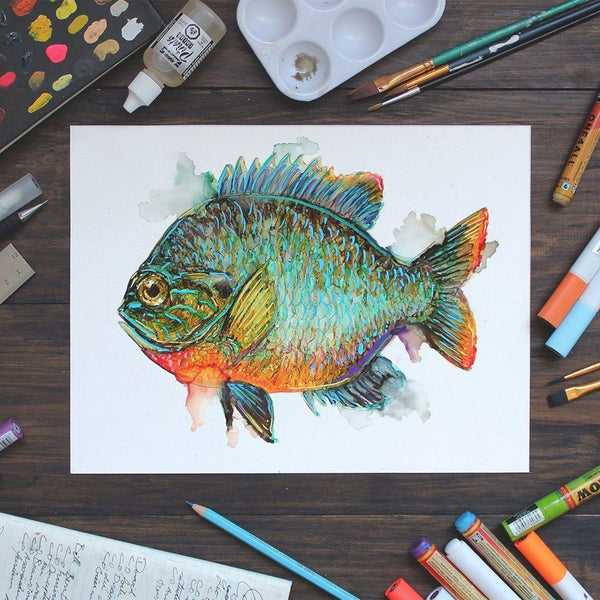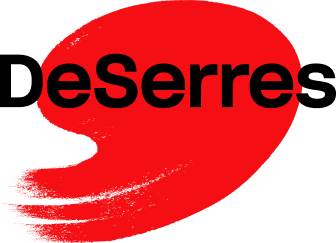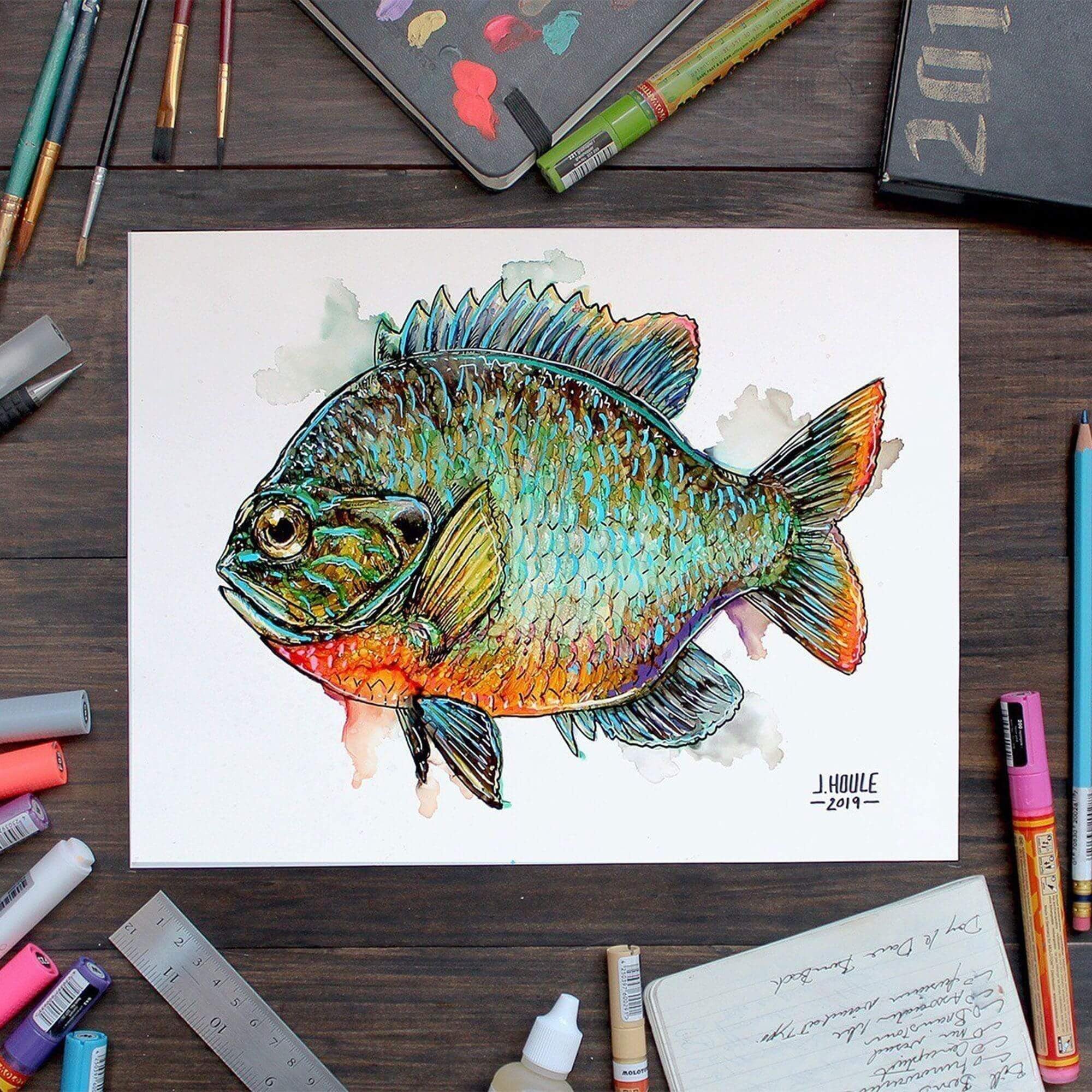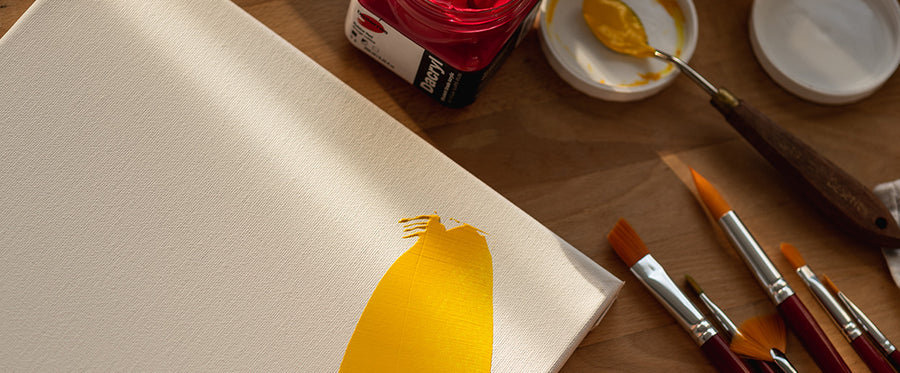Creating an illustration on TerraSkin paper using a mixed media technique with alcohol markers and acrylic paint markers. When this technique is done on TerraSkin paper, it creates a watercolour paint effect, even though markers are used.
Please note :
Justin uses TerraSkin paper, but it is no longer available in Canada. We suggest mineral or yupo paper for this project. It would be important to do a test with his markers and the paper before starting the project to make sure you get the desired effects.
INSTRUCTIONS:
Step 1 :
Preparing a draft is important. Although it’s resistant and suitable for several types of mediums, TerraSkin paper is sensitive to embossing. We recommend preparing the sketch (in the same size as the desired final product) on another piece of paper and transferring it onto the TerraSkin paper. Depending on the thickness of the mineral paper, you might be able to trace the sketch by simply sliding it underneath the TerraSkin paper.

Step 2 :
After having traced the sketch onto the TerraSkin sheet, light-coloured alcohol markers should be used to determine what colours will be used throughout the drawing. They will allow a smooth colour transition during gradients.

Step 3 :
Gradually bring in darker colours. You don't need to perfectly visualize the gradient effect just yet. This step allows you to obtain a global colour view and bring a general vibe to the illustration.

Step 4 :
Apply the transition colour to create the gradient effect. You can use pastel colours, or a mixing pencil. The advantage of TerraSkin paper is that it absorbs only a very small percentage of marker colour, which makes it possible to efficiently create light gradients. We recommend creating the gradient slowly and gradually, as this avoids having overly saturated colours.

Step 5 :
We recommend using paint markers when you’ve achieved the desired gradients and level of saturation. Due to their opacity, you can juxtapose them with colours without seeing other bottom-layer colours. For the example, One4all markers were used. Markers with a wide variety of vibrant colours and opaque tones are ideal for this type of project.

Step 6 :
This technique fools the eye because markers are used on TerraSkin paper, allowing you to make gradients and create a watercolour effect. By using an alcohol-based solvent or diluent (Piñata Extender), you can solubilize the marker to create the watercolour effect, while maintaining the vibrant colour of the marker. All you have to do is apply a few drops of the solvent to certain areas of the illustration, and rub lightly with a brush.

Step 7 :
For the final touch, add a black and white line to give your illustration its final shape. This step is used to enhance the drawing’s contrast. Paint markers are used, as they slide well over the illustration.

TIPS
- Alternatively, you can use transfer graphite paper, or a light table, for impeccable tracing.
- Applying dark colours will dirty other colours in your drawing; this can affect the desired result.
- Alcohol and water-based markers are generally translucent. Most of them are dye-based.
- Gouache, acrylic or oil paint-based markers are usually opaque, unless a translucent pigment is used.
- Use a rigid paintbrush to splash paint and create small cells on the drawing’s surface ; this can give a textured effect.










